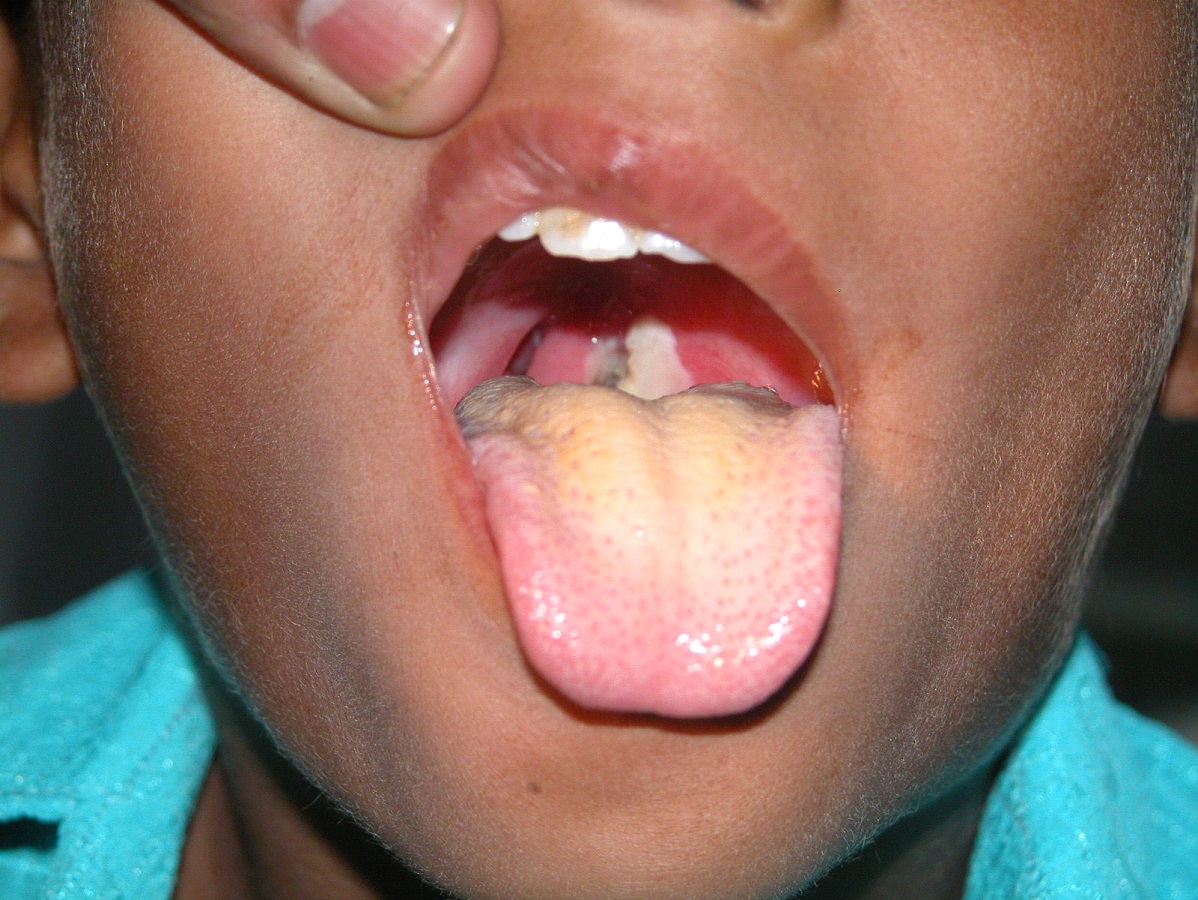Diphtheria Symptoms, Causes, Diagnosis and Treatment

What Is Diphtheria ?
It is an intense bacterial infection that mostly affects the mucous membranes of the throat and nose. Usually, diphtheria sources the following symptoms:
- Fever.
- Sore throat.
- Weakness.
- Swollen glands.
Though, the hallmark symptom tends to be the layer of gray color material covering the back of throat. Being thick, the sheet can obstruct the airways, leading to breathing difficulties. In addition to this, the occurrence of diphtheria was drastically reduced after the development of its vaccine.
As far as the treatment of diphtheria is concerned, medications can help treat it. Though, advance stages can damage the nervous system, kidneys and heart. Despite the treatment, the bacterial infection can be fatal. Around 3-4 percent of patients fail to recover from it. As with children younger than 15, the percentage is higher.
What Are The Symptoms Of Diphtheria ?
Symptoms of diphtheria often develop 2-4 after being infected, and can include the following:
Gray membrane layering the tonsils and throat. The membrane tends to be thick, thus causes breathing difficulties.
- Hoarseness and sore throat.
- Nasal discharge.
- Swollen glands in the neck.
- Malaise.
- Fever and chills
For some, the infection causing bacteria sources minor symptoms or no apparent indications at all. This can make the infection go unnoticed. Such individuals then serve as the carriers of bacteria, and tend to spread diphtheria without being aware of the fact.
What Causes Diphtheria ?
A bacterium name corynebacterium diphtheriae is responsible for triggering diphtheria. Often the bacterium reproduces near the surface or on the mucous membranes of throat. In addition to this, it transmits by means of 3 ways:
- Airborne droplets: while the infected individual coughs or sneezes, he or she releases a mist of droplets. These droplets, contaminated with the bacterium are then inhaled by nearby persons. The bacterial infection commonly spreads through this mean, especially in populated conditions.
- Handling contaminated items: one can also contract diphtheria in case of handling or using the utensils or personal items of an infected individual.
Touching the infected wound can also serve as the basis to transmit the bacteria to an otherwise healthy person. Individuals those who have either developed, or not developed the obvious signs of diphtheria can spread the disease to others for more than six weeks. Immunity against the infection can help one prevent diphtheria.
How Is Diphtheria Diagnosis ?
The health care provider can doubt diphtheria on the basis of sore throat, accompanied with gray colored membrane layering the throat and tonsils of the patient. To confirm, the doctor can take a sample of material from the membrane to check for the growth of bacterium in a lab culture.
The doctor will advise the patient to start the treatment, after he doubts of diphtheria, even before the test results come.
How Is Diphtheria Treatment ?
It is a serious bacterial infection, therefore, must be taken seriously. The health care providers treat it promptly and aggressively with the following drugs:
- Antibiotics.
- Antitoxin.
In case the gray material is causing difficulty in breathing, the doctor will eliminate some of it.
By : Natural Health News




